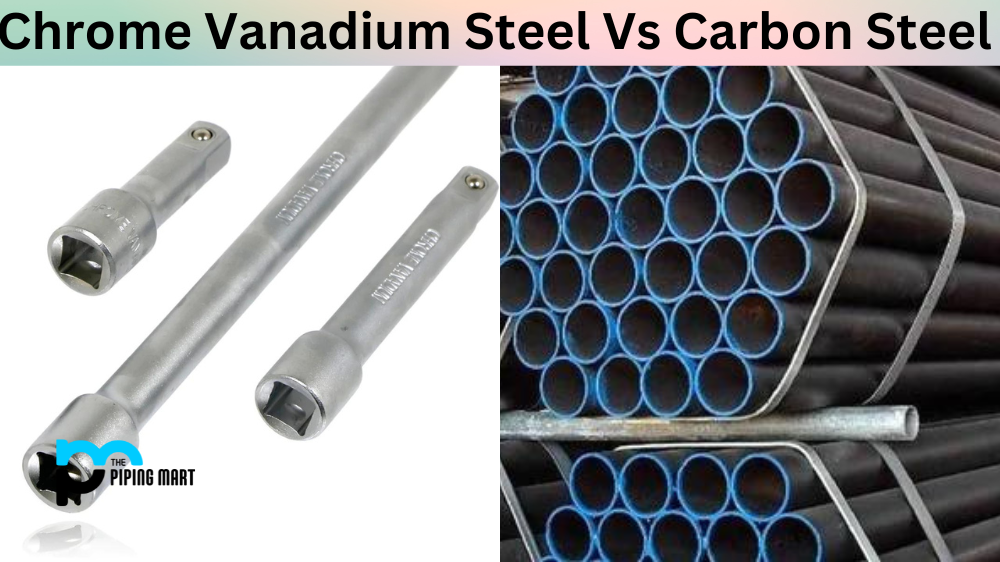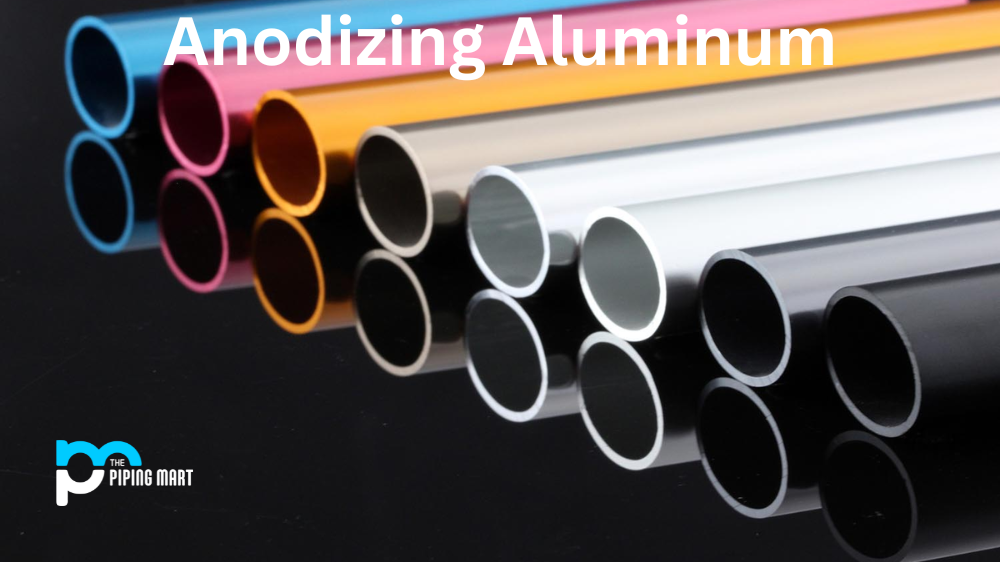Surface finishes are essential in various industries, including aerospace, automotive, medical, and food processing. The American Society for Testing and Materials (ASTM) has established guidelines for different surface finishes. The most commonly used ASTM standards for the passivation of stainless steel parts are ASTM A967 and ASTM A380. In this article, we will talk about the differences between ASTM A967 and ASTM A380.
Difference Between ASTM A967 and ASTM A380
Chemical Composition
The chemical composition of ASTM A967 and ASTM A380 is very similar. Both materials contain iron, carbon, silicon, manganese, phosphorus, sulfur, chromium, molybdenum, nickel, and copper. The only notable difference is that ASTM A967 contains slightly more chromium and molybdenum than ASTM A380.
Physical Properties
The physical properties of ASTM A967 and ASTM A380 are also very similar. Both materials have a 7.85 g/cm3 density and a melting point of 1425°C. The main difference is that ASTM A967 has a higher melting point due to its higher chromium and molybdenum content.
Mechanical Properties
ASTM A967 and ASTM A380 have similar mechanical properties. Both materials have a yield strength of 205 MPa and a tensile strength of 520 MPa. The main difference is that ASTM A967 has a higher elongation at break (10%) than ASTM A380 (8%). This means that ASTM A967 is more ductile than ASTM A380 and is better suited for applications with high deformation levels.
Corrosion Resistance
ASTM A967 and ASTM A380 have excellent corrosion resistance thanks to their high chromium content. However, due to its higher molybdenum content, ASTM A967 is slightly more corrosion-resistant than ASTM A380.
Weldability
Both ASTM A967 and ASTM A380 are highly weldable materials. However, due to its higher carbon content, welding ASTMA 967 can be more difficult than welding ASTMA 380.
Purpose of Passivation
The primary purpose of passivation is to prevent corrosion and improve the lifespan of stainless steel parts. During passivation, a protective layer of chromium oxide is formed on the stainless steel’s surface, making it more corrosion-resistant. The ASTM A967 and A380 standards provide guidelines for the proper passivation of stainless steel parts.
Scope of Standards
The scope of ASTM A967 is broader than that of ASTM A380. ASTM A967 covers the cleaning, pickling, and passivation of stainless steel parts, whereas ASTM A380 only covers the cleaning and passivation of stainless steel parts. The ASTM A967 standard includes instructions for five different passivation treatments, while ASTM A380 outlines a single process.
Test Methods
Both standards use various test methods to verify the passivation process’s effectiveness. ASTM A967 specifies nitric acid passivation, citric acid passivation, and high-purity water rinsing tests for evaluating the quality of the passivated surface. On the other hand, ASTM A380 includes only two tests: water immersion and high humidity testing.
Material Considerations
The selection of a passivation treatment should consider the type of stainless steel used and any additional materials associated with the part. ASTM A967 specifies treatments for fifteen grades of stainless steel, including austenitic, ferritic, and martensitic types. In contrast, ASTM A380 is only applicable to austenitic stainless steels. The material type will determine the proper passivation method to use.
Compliance and Certification
Both standards require process validation and documentation. ASTM A967 provides a Compliance Verification Checklist as a reference for verifying compliance, whereas ASTM A380 does not have such a checklist. Compliance certificates for both standards include the process type, material type, and post-passivation inspection results.
Conclusion
ASTM A967 and ASTM A380 are vital guidelines for the proper passivation of stainless steel parts. The main difference between the two standards is that ASTM A967 has a broader scope than ASTM A380. ASTM A967 covers more aspects of the passivation process and provides instructions for various treatments. On the other hand, ASTM A380 is limited to austenitic stainless steel. Therefore, selecting a passivation process should consider the type of stainless steel used and any associated materials with the part. Complying with the appropriate ASTM standard for high-quality, effective passivation is essential.
Rachana is a dedicated and ambitious young woman who has made a name for herself in the metal industry. From her earliest days in the industry, Rachana showed a natural talent for problem-solving and a keen eye for detail. In her free time, She enjoys reading up on the latest advancements in the industry, as well as exploring new ways to innovate and improve upon existing processes.




